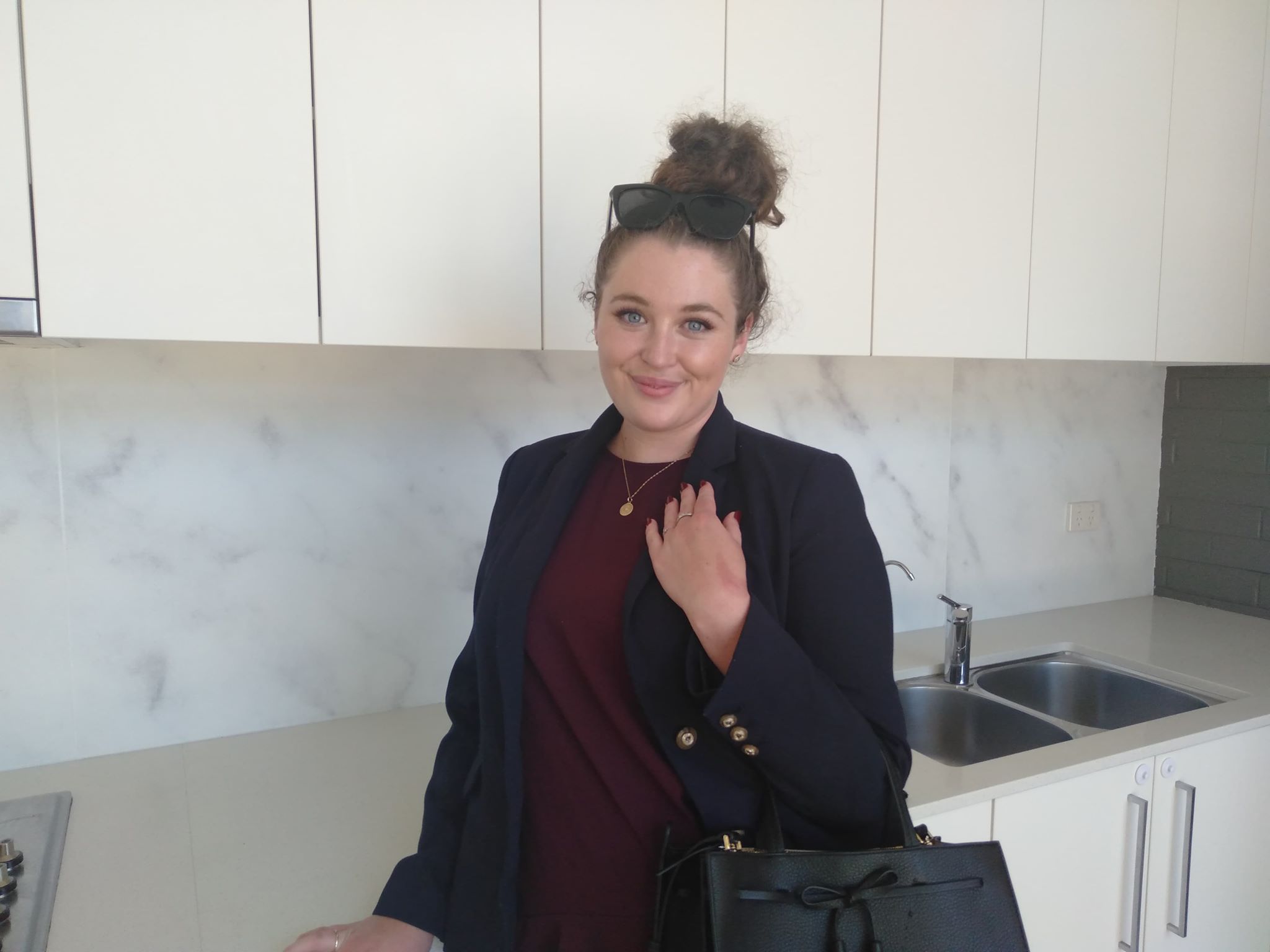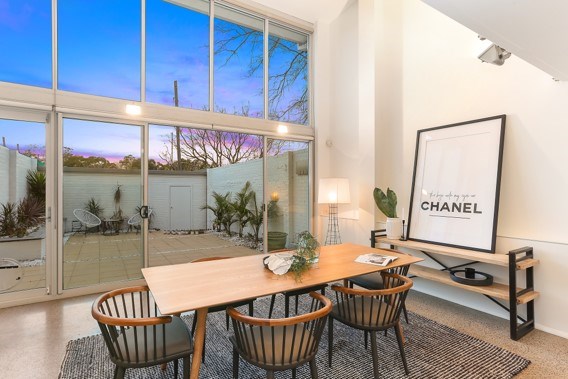Superestate uses super contributions to invest in the property market |
Superestate uses super contributions to invest in the property market
nvestors keen to get a taste of the
property market have been given an
opportunity to use their superannuation
to invest in part of a home.
With
prices in many Australian cities keeping
many people, especially young
Millennials, out of the market, newly
established super fund Superestate is
allowing them to get a foot on the
property ladder while also catering for
their future.
Superestate is
the first fund to use this concept and
works by investing a percentage of
members’ contributions into the
Australian property market through the
purchase of residential homes in
blue-chip suburbs across the nation.
By
investing in residential property,
members of the fund can physically see
where their super investment is sitting
and how it is growing over time. While property is a major part of
their portfolio, Superestate does also
invest in shares, infrastructure, fixed
income and cash just like other
funds.
While property is a major part of
their portfolio, Superestate does also
invest in shares, infrastructure, fixed
income and cash just like other
funds.
Having launched over a
year ago, the fund has secured its first
property in the inner city suburb of
Stanmore and is actively searching for
other properties throughout Australia to
add to its portfolio.
CEO
Grant Brits said the concept was born in
2016 when he saw how hard it was for
people to get into the market, prompting
him to find an easier way to invest.
“We
found a lot of people don’t
understand the ins and outs of super but
have better understanding of
property,” Mr Britts said.
“It
is a lot more transparent as they
understand and can see where their money
is going.”
Those who do
choose to invest will get access to
every new property the fund purchases, a
move designed to allow for smoother
long-term growth if there are falls in
the market.
On top of this,
purchasing properties around the country
will also protect against downturns in
certain cities or states, providing more
steady returns, Mr Brits added. There
are plans to have homes in each
Australian capital city by 2020.
“Property
as an asset class is a lot less
volatile,” he said. “It
still has its up and downs but
it’s a lot smoother. Residential
property tends to come out on top in the
long run.”
Over the
past 10 years to December 2017,
residential property investment
generated the strongest gross returns of
8 per cent per annum, according to the
Russell Investments/ASX Long Term
Investing Report.

Growth in capital value
isn’t the only way returns are
calculated, with any rent collected also
going back into the super fund. Once
super is accessed, members are
essentially selling their stake in the
properties.
Real estate
commentator and auctioneer Tom Panos
said investing in property was a smart
long-term move as it was always a strong
performer.
“Real estate
in general is about playing the long
game. People who are nervous about
volatility are those buying and selling
in a short period. Most are in it for at
least a seven to 10 year stretch,”
he said.
Sophie Wolinski has
always wanted to own a house in Sydney,
but high prices have meant she
doesn’t see it happening any time
soon.
Having been interested
in the property market for some time,
switching her super over to Superestate
meant she could fulfil her dream of
putting money into a home, while
preparing for retirement through her
super.
“I think
it’s a really cool way to invest
in something you like with money the
government makes you save anyway,”
she said.
“If you are
interested in property or want to get
involved in the market it is a really
easy place to start.”
The
22-year-old, who currently rents a
property in Petersham close to the
Stanmore property she has invested in,
said it made understanding super
easier.
“I can see that
I am actually getting something out of
my super,” she said.
Before rolling your super into Superestate, you should check with your other funds to see if you will lose any insurance entitlements and if any exit fees apply.



